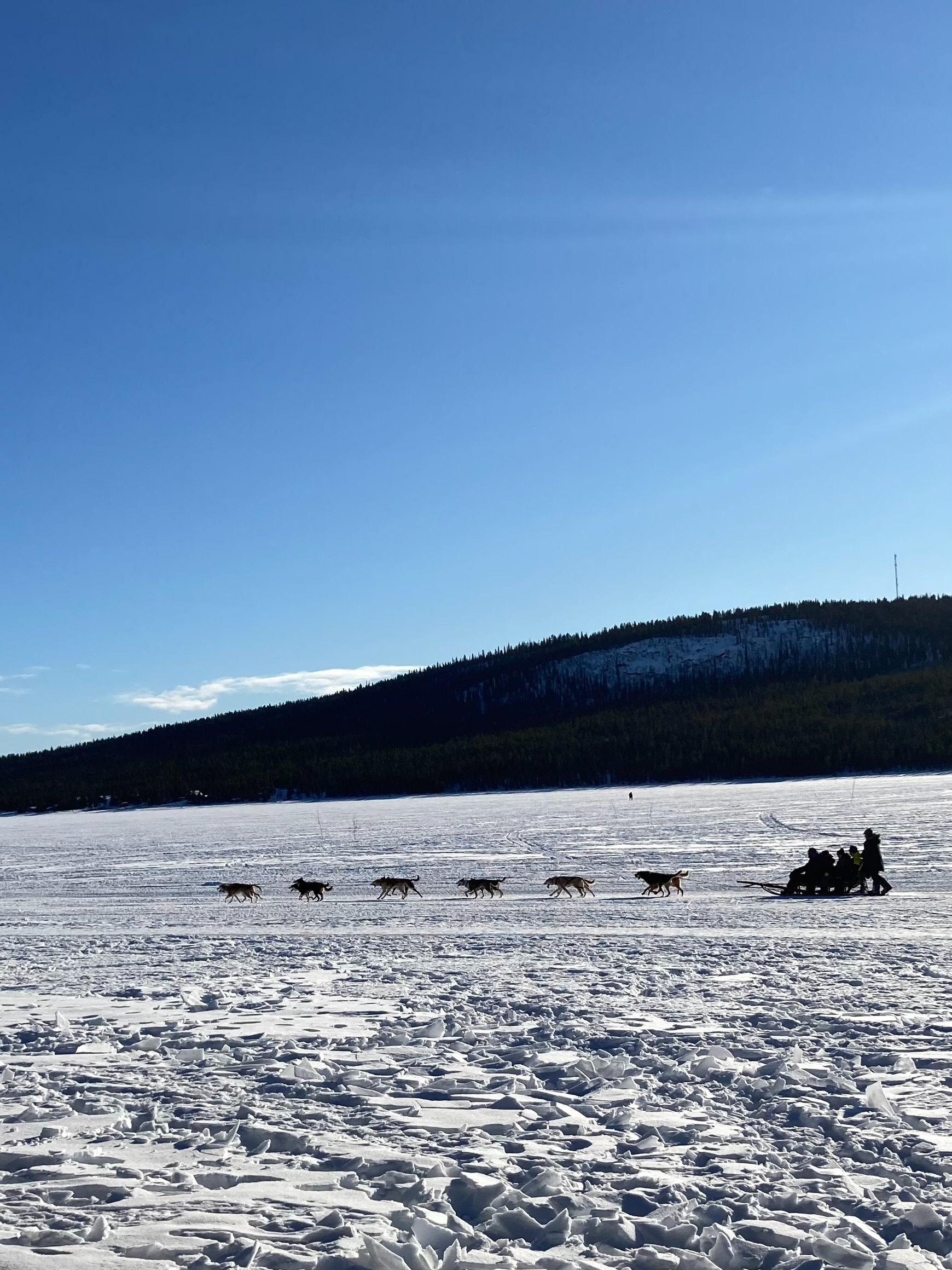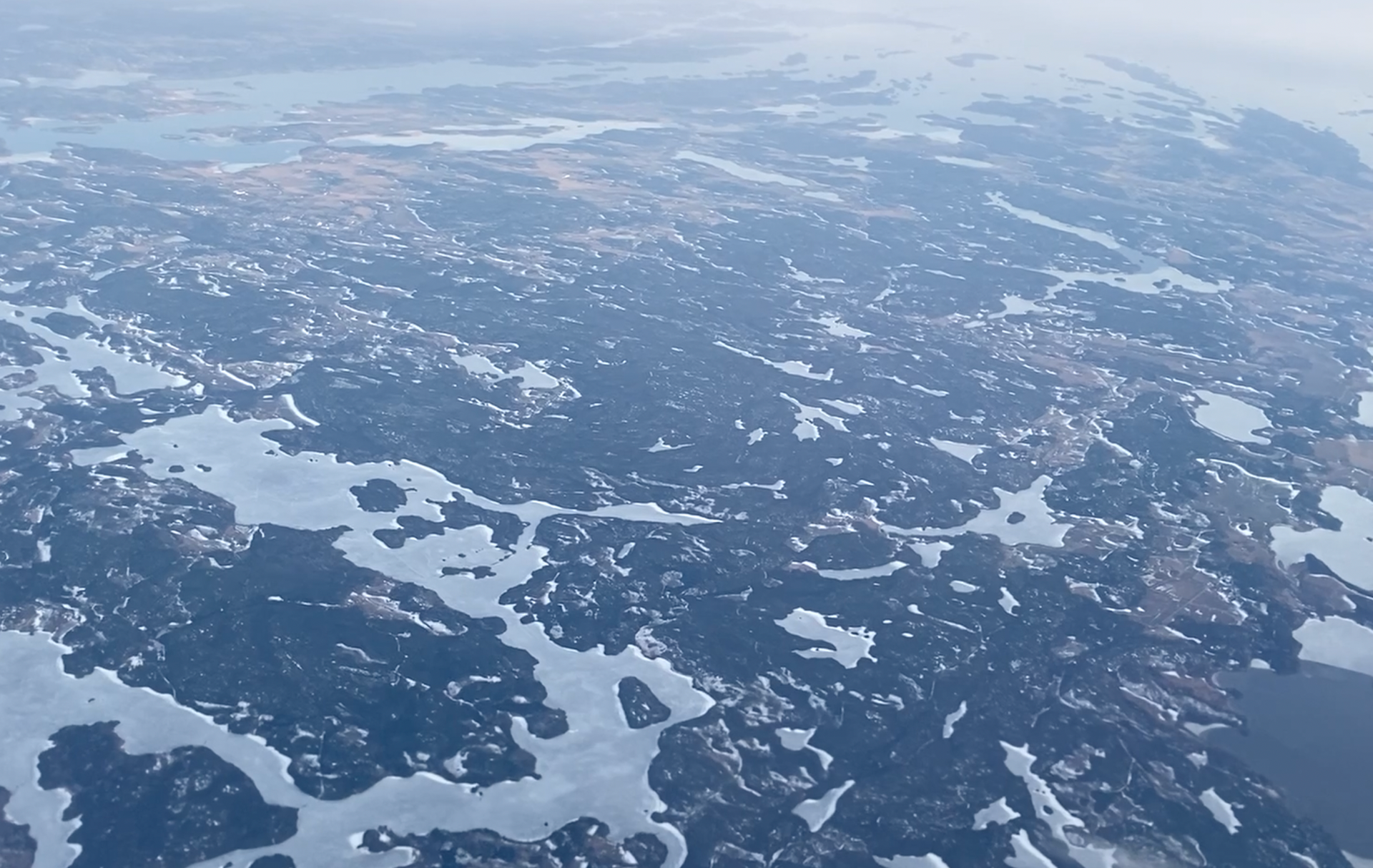Ongoing
Flows / Ströme
This ongoing research project traces various forms of extractivism in the far North, at the moment in northern Sweden and Finland on the land of the Sami, Sapmi.
By engaging with a multi-perpective research of extractivism and its effects on ecosystems and people, I aim to map out to complexities of extractivism and what it takes to become fossil free, with a focus on mining and hydropower dams.
I will be looking into existing and proposed green or renewable energy developments and their entanglements to green colonialism in northern Sweden / Sapmi. In this project further engages with notions of expanded urbanization, leading to territorial transformations that influence both the ecosystem and indigenous culture.
The project is part of a larger research endeavour tracing changes in the global hydrosphere and the effects this has on water availability, natural catastrophes and how environments and meteorological conditions could become weaponized.
In the research, I want to address climate change impacts and its effects on the planetary hydrosphere system, and to engage performatively and audio-visually with climate change impacts in the Arctic and Sub-Arctic. This research project explores the interrelationships between land rights, ecologies, economies and (geo)political decision-making processes in the context of water policy by conceptually and systematically tracing the hydrological cycle and aquatic planetary interrelationships. Water is understood as one of the most important actors within discussions on necessary socio-economic changes in the context of climate change. The hydrosphere is the total amount of water on our planet and includes water, in liquid, vapour or frozen form. The latest IPCC report emphasises that climate change will have an impact on the global water cycle (IPCC, 2021, 2007) and will most likely accelerate it, but with large regional differences. In this project, I would like to use the examples and contexts mentioned to address the issues of the impact of climate change on the global water cycle and, as a part of it, (geo)political decisions and green colonialism, and how these affect and change the habitats of the Sami people in Northern Europe.
Supported by Fonds Darstellende Künste with funds from the Federal Government Commissioner for Culture and the Media within the program NEUSTART KULTUR.

Projus Hydropower dam, Sweden.

Akkats hydropower dam, Sweden.

Akkats hydropower dam, Sweden.

LKAB mine, Kiruna, mining and drilling machine.


Kiruna, iron ore mine.
Part 1
All is Water, is Water, is snow 2022
The Audio-visual Installation traces the movement and time water takes to move around the globe, changing from solid to liquid to vaporized.
Water itself moves beyond any concept of border, state or concrete territorial ownership and thus reminds us of the transitory nature of established systems, yet it very existence is highly contested both on land as drinking water and the ocean as a highly economically exploited sphere.
While challenging the western perception of time as a linear process, by relating the hydrological cycle to time perception and storytelling of indigenous cultures, influenced by cyclicality and seasonality.
Funded and commissioned by the City of Hanover, Mayor's Office.
Shown at HanseArtWorks / Alte Postgalerie Neuss 27.05.-06.06.2022
